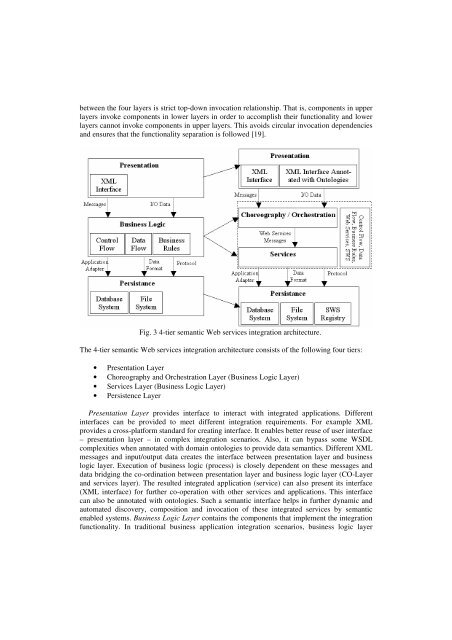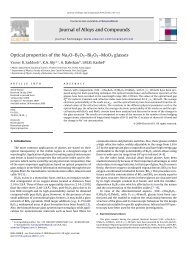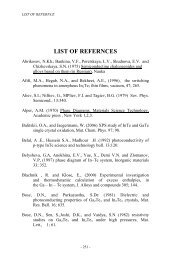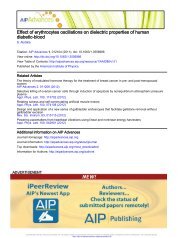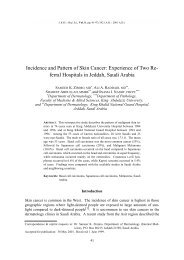Real-life SOA Experiences and an Approach Towards Semantic SOA
Real-life SOA Experiences and an Approach Towards Semantic SOA
Real-life SOA Experiences and an Approach Towards Semantic SOA
Create successful ePaper yourself
Turn your PDF publications into a flip-book with our unique Google optimized e-Paper software.
etween the four layers is strict top-down invocation relationship. That is, components in upper<br />
layers invoke components in lower layers in order to accomplish their functionality <strong><strong>an</strong>d</strong> lower<br />
layers c<strong>an</strong>not invoke components in upper layers. This avoids circular invocation dependencies<br />
<strong><strong>an</strong>d</strong> ensures that the functionality separation is followed [19].<br />
Fig. 3 4-tier sem<strong>an</strong>tic Web services integration architecture.<br />
The 4-tier sem<strong>an</strong>tic Web services integration architecture consists of the following four tiers:<br />
• Presentation Layer<br />
• Choreography <strong><strong>an</strong>d</strong> Orchestration Layer (Business Logic Layer)<br />
• Services Layer (Business Logic Layer)<br />
• Persistence Layer<br />
Presentation Layer provides interface to interact with integrated applications. Different<br />
interfaces c<strong>an</strong> be provided to meet different integration requirements. For example XML<br />
provides a cross-platform st<strong><strong>an</strong>d</strong>ard for creating interface. It enables better reuse of user interface<br />
– presentation layer – in complex integration scenarios. Also, it c<strong>an</strong> bypass some WSDL<br />
complexities when <strong>an</strong>notated with domain ontologies to provide data sem<strong>an</strong>tics. Different XML<br />
messages <strong><strong>an</strong>d</strong> input/output data creates the interface between presentation layer <strong><strong>an</strong>d</strong> business<br />
logic layer. Execution of business logic (process) is closely dependent on these messages <strong><strong>an</strong>d</strong><br />
data bridging the co-ordination between presentation layer <strong><strong>an</strong>d</strong> business logic layer (CO-Layer<br />
<strong><strong>an</strong>d</strong> services layer). The resulted integrated application (service) c<strong>an</strong> also present its interface<br />
(XML interface) for further co-operation with other services <strong><strong>an</strong>d</strong> applications. This interface<br />
c<strong>an</strong> also be <strong>an</strong>notated with ontologies. Such a sem<strong>an</strong>tic interface helps in further dynamic <strong><strong>an</strong>d</strong><br />
automated discovery, composition <strong><strong>an</strong>d</strong> invocation of these integrated services by sem<strong>an</strong>tic<br />
enabled systems. Business Logic Layer contains the components that implement the integration<br />
functionality. In traditional business application integration scenarios, business logic layer


